Grizzly bears coming back to Washington state as some decry return of 'apex predator'
Grizzly bears will roam Washington state once again after federal authorities decided in April that the animals will be restored to the North Cascades ecosystem.
The National Park Service and U.S. Fish and Wildlife Service signed an agreement in April to bring grizzlies back to the North Cascades mountain range, a decision that is the result of a process that began in 2022.
"The purpose of this plan is to restore the grizzly bear to the (North Cascades ecosystem), a portion of its historical range," according to the Joint Record of Decision.
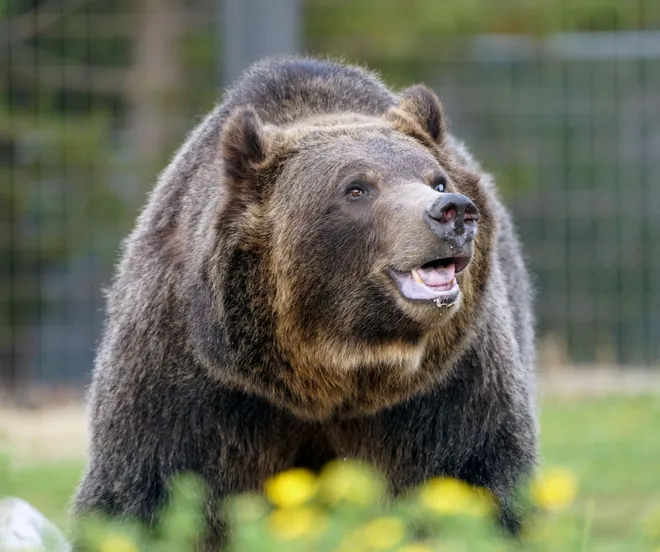
How will the agencies bring back grizzlies to Washington state?
To restore the bears to North Cascades, the federal agencies will undergo a translocation process that will bring in grizzlies from other ecosystems in the Rocky Mountains or interior British Columbia, the National Park Service said in a news release.
Once in the North Cascades, the grizzlies will be designated as a "nonessential experimental population" under the Endangered Species Act, according to the agency.
"The designation will provide authorities and land managers with additional tools for management that would not otherwise be available under existing Endangered Species Act regulations," the agency said.
Why do the agencies want grizzlies back in Washington state
Grizzlies have been rooted out of the North Cascades ecosystem since they were listed as "threatened" in the lower 48 states under the Endangered Species Act on July 28, 1975, according to the agencies. Thousands of grizzlies were killed for their fur, causing them to be spotted sporadically since 1996, the agencies added.
Restoring grizzlies to the mountain range will help enhance the variety of life in the ecosystem and make it more resilient to disturbances, which benefits and contributes to the enjoyment of people of present and future generations, the agencies said.
In addition to helping the ecosystem, the restoration efforts will "enhance the probability of long-term survival of grizzly bears in the (North Cascades ecosystem) and thereby contribute to overall grizzly bear recovery through redundancy in multiple populations and representation in a variety of habitats," the agencies continued.
The end goal of restoring grizzlies to North Cascades is to get the bear's population to the point where it can be removed from the federal list of engaged and threatened wildlife, according to the agencies.
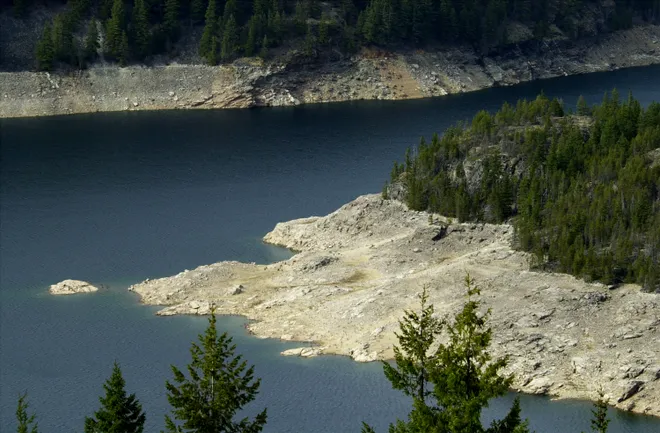
How long will it take to get grizzlies back to North Cascades?
The grizzlies in the North Cascades will initially begin with a "founder population" of 25 bears over the next five to 10 years, and the animals will be released into remote parts of the forest, according to the agencies.
The agencies said they plan to release three to seven grizzlies each year with the goal being a population of 200 bears inhabiting the North Cascades ecosystem within 60 to 100 years.
Jason Ransom, a wildlife biologist at North Cascades National Park, told NBC News that "there’s a lot to be done before we could even come up with a timeline."
“For a project like this to be successful, it’s really important you get the planning right," Ransom said.
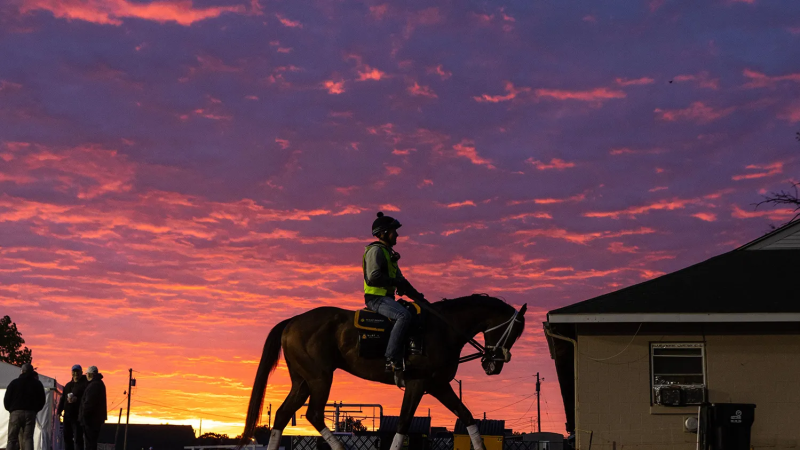
Congressman not in favor of grizzlies returning to Washington state
Rep. Dan Newhouse of Washington called the agencies' decision to restore grizzlies "outrageous" and "misguided."
“The National Park Service and U.S. Fish and Wildlife Service’s decision regarding the North Cascades grizzly restoration plan is outrageous, yet consistent based on the recent actions of this administration,” Newhouse said in a statement.
Newhouse's statement went on to criticize the federal government's decision-making and lack of care for residents' input.
"Throughout this entire process, I have been hearing from local residents, participating in public comment sessions, and meeting with the National Park Service and U.S. Fish and Wildlife Service to prevent this misguided decision from moving forward, and today’s announcement reinforces what we feared: no amount of local opposition was going to prevent these federal bureaucrats from doing what they wanted all along," the congressman said.
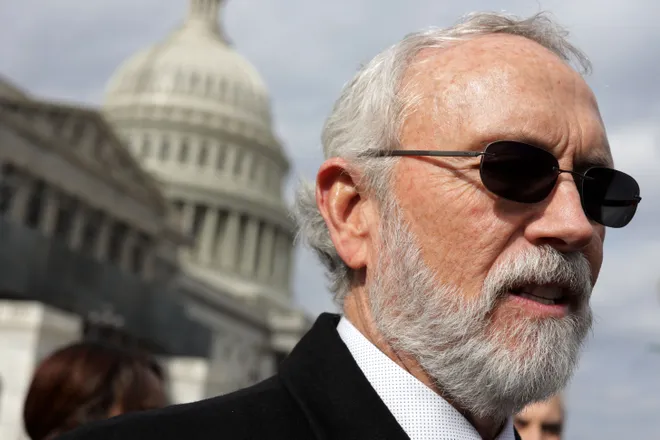
'We're busy dealing with wolves'
Rachel McClure, a rancher in Washington state's Okanogan County, told NBC News, "We already have predator issues in the state. We don’t need another apex predator when we can’t deal with what we have."
"We’re busy dealing with wolves," McClure said. "We don’t need to be thinking about bears.”
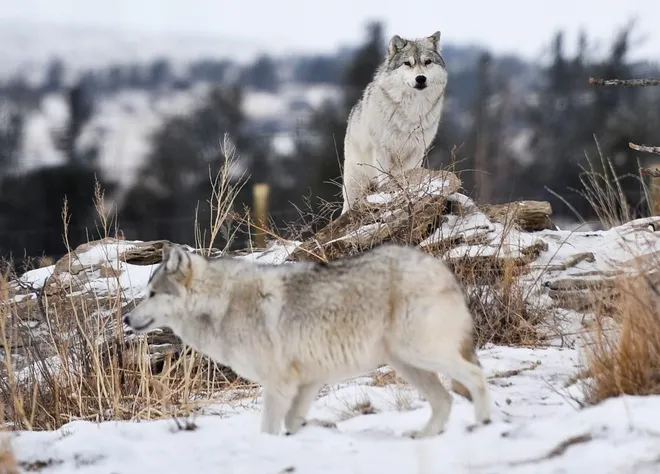
The Washington Department of Fish & Wildlife (WDFW) said it counted 260 wolves in 42 packs in Washington state at the end of 2023. Twenty-five of the packs were successful breeding pairs.
"Gray wolves play a large role as an apex species and can influence the dynamics of wildlife species across an entire ecosystem," the WDFW said.
Disclaimer: The copyright of this article belongs to the original author. Reposting this article is solely for the purpose of information dissemination and does not constitute any investment advice. If there is any infringement, please contact us immediately. We will make corrections or deletions as necessary. Thank you.



